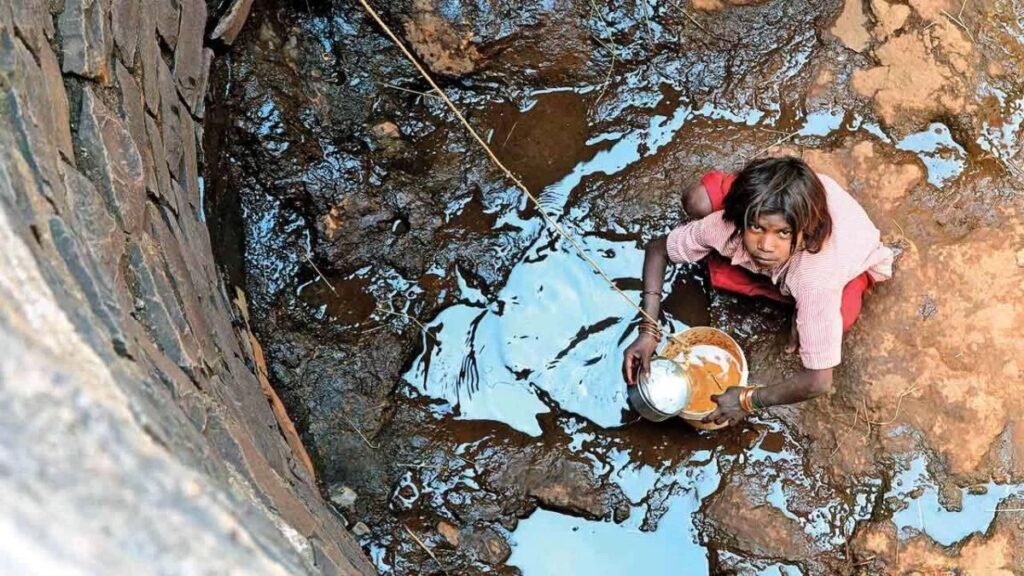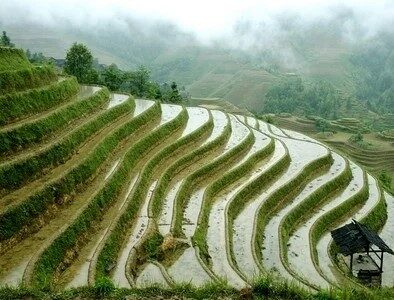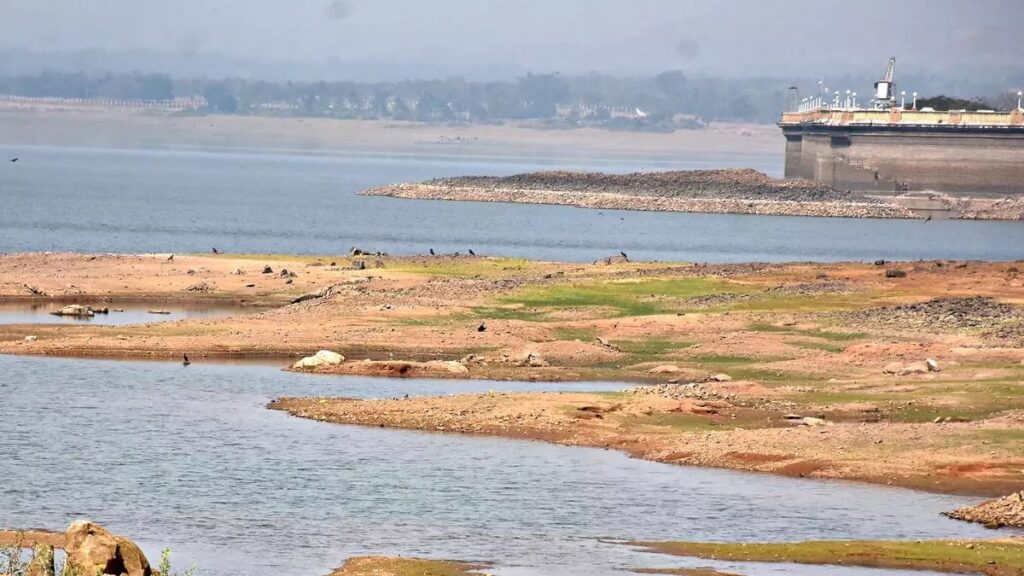
Introduction
Water scarcity is a pressing issue in India’s arid regions, where the availability of freshwater is limited and unpredictable rainfall patterns exacerbate the challenge. These areas face significant environmental and socio-economic hurdles that necessitate innovative solutions for water storage and conservation. By implementing efficient water management strategies, these regions can enhance resilience to droughts and ensure sustainable development.
Challenges Faced by Arid Regions
Arid regions in India, such as parts of Rajasthan, Gujarat, and Maharashtra, confront severe water scarcity due to several interrelated factors:
Erratic Rainfall: These regions experience irregular and scanty rainfall, often concentrated during a short monsoon season. This leads to periods of prolonged dry spells where natural water sources like rivers, lakes, and reservoirs diminish in capacity or dry up entirely.
Depletion of Groundwater: Overexploitation of groundwater resources is rampant in arid regions, driven by agricultural, industrial, and domestic demands. Unregulated extraction has caused groundwater levels to plummet, exacerbating water scarcity issues and threatening long-term water security.
Population Pressure: Rapid population growth in arid regions increases the demand for water, both for domestic use and agricultural activities. This further strains already limited water resources and intensifies competition among various sectors.
Climate Change: Increasing temperatures and altered precipitation patterns due to climate change pose additional challenges. Higher temperatures accelerate evaporation rates, reducing surface water availability, while unpredictable rainfall patterns disrupt traditional farming practices.

Solutions for Efficient Water Storage and Conservation
To address this pressing issue, a multifaceted approach is necessary, focusing on efficient water storage and conservation strategies. Here are some potential solutions:
Rainwater Harvesting: Rainwater harvesting systems can be a game-changer in arid regions, allowing communities to capture and store water during the limited rainfall periods. These systems can be implemented at the household, community, or even regional levels, ensuring a more reliable water supply throughout the year.
Groundwater Recharge: Groundwater is a crucial resource in arid regions, and its sustainable management is essential. Implementing artificial groundwater recharge systems, such as check dams, percolation tanks, and recharge shafts, can help replenish the aquifers and increase the available groundwater reserves.
Soil and Moisture Conservation: Adopting soil and moisture conservation techniques, such as contour farming, terracing, and mulching, can significantly reduce water evaporation and improve water infiltration into the soil. This, in turn, can enhance the availability of water for agricultural and domestic use.
Desalination and Water Recycling: In coastal arid regions, desalination plants can provide a reliable source of freshwater by converting saline or brackish water into potable water. Additionally, wastewater treatment and recycling can help reduce the overall demand for freshwater, especially in industrial and urban settings.
Efficient Irrigation Practices: Promoting the use of water-efficient irrigation technologies, such as drip irrigation and sprinkler systems, can significantly reduce water consumption in the agricultural sector, which is a major water user in arid regions.
Community Engagement and Capacity Building: Engaging local communities and empowering them with the knowledge and skills to manage water resources effectively is crucial. This can involve water conservation awareness campaigns, training programs, and the establishment of community-based water management committees.

Conclusion
Addressing water scarcity in India’s arid regions requires a holistic approach that combines technological innovation, community engagement, and supportive policies. By promoting rainwater harvesting, constructing check dams, implementing farm ponds, adopting water-efficient irrigation techniques, and strengthening governance frameworks, these regions can enhance their water resilience and achieve sustainable development goals.
Government initiatives, partnerships with local communities, and awareness campaigns are crucial for promoting the adoption of these solutions at the grassroots level. Continued efforts and investments in water storage and conservation will be pivotal in mitigating the impacts of water scarcity and securing water availability for future generations in India’s arid regions.


